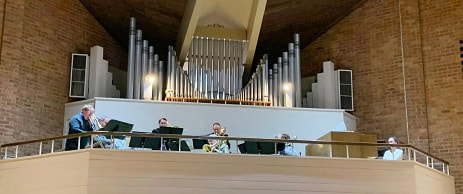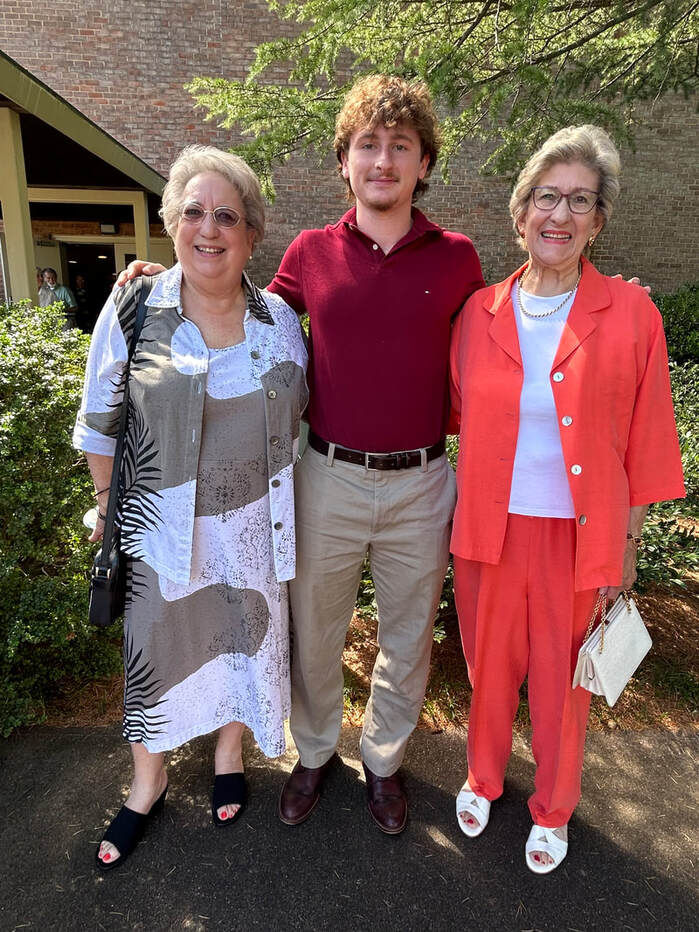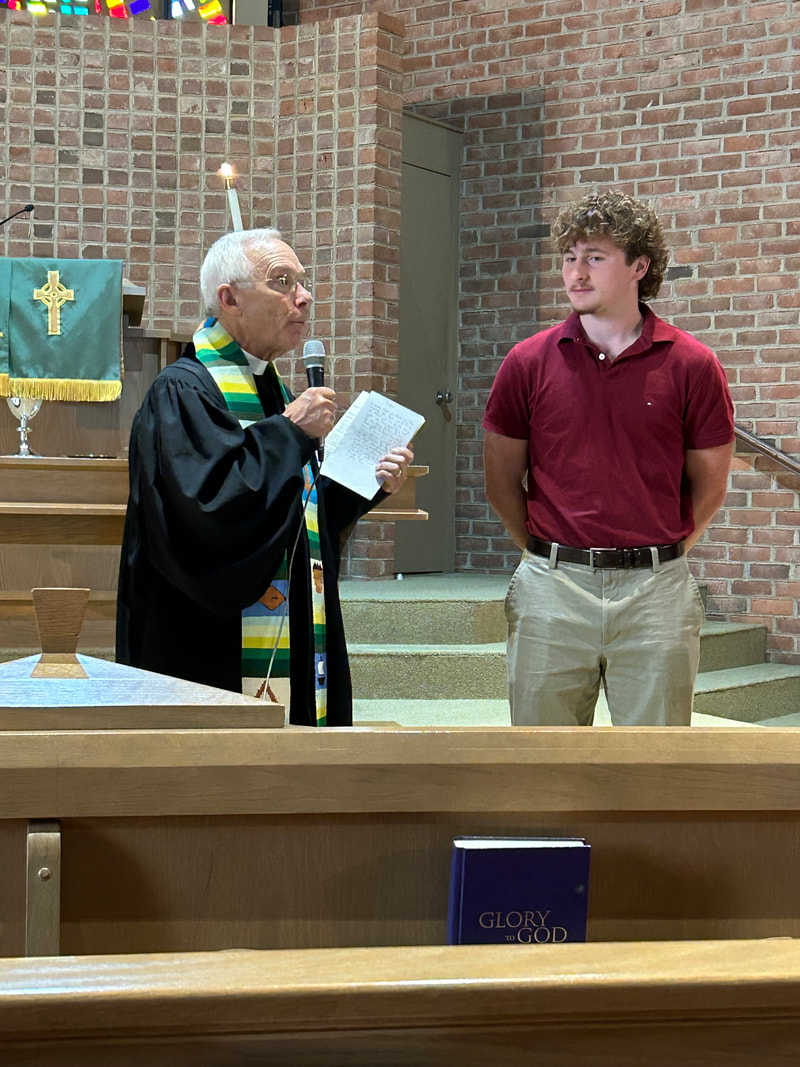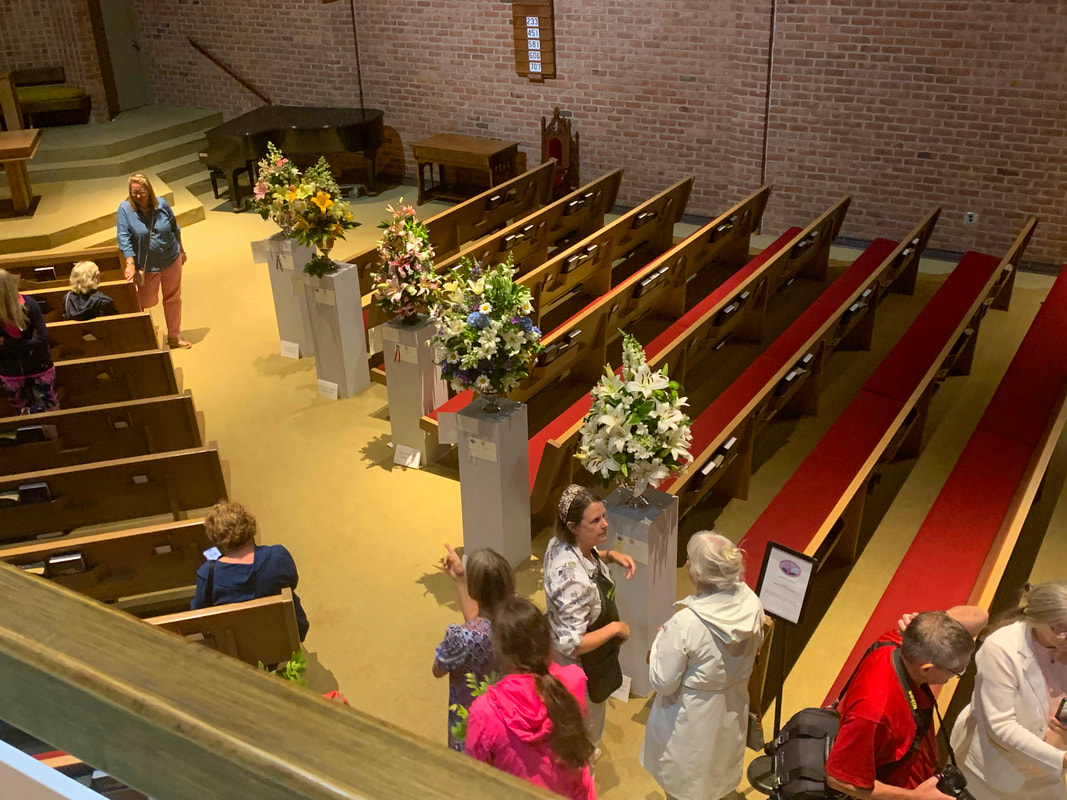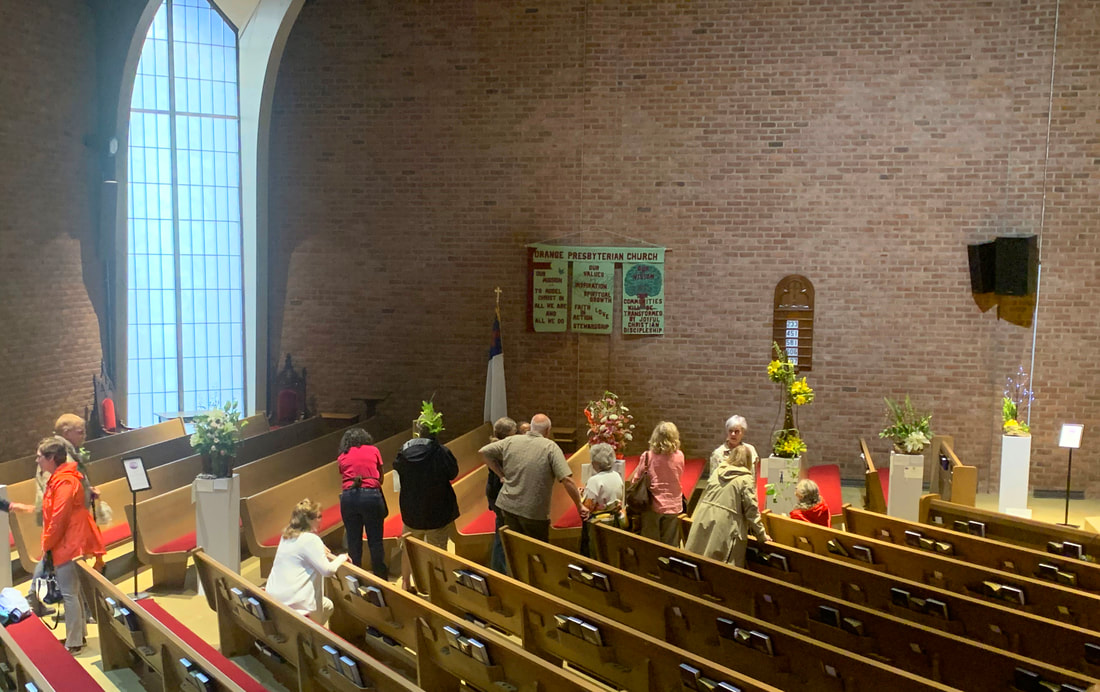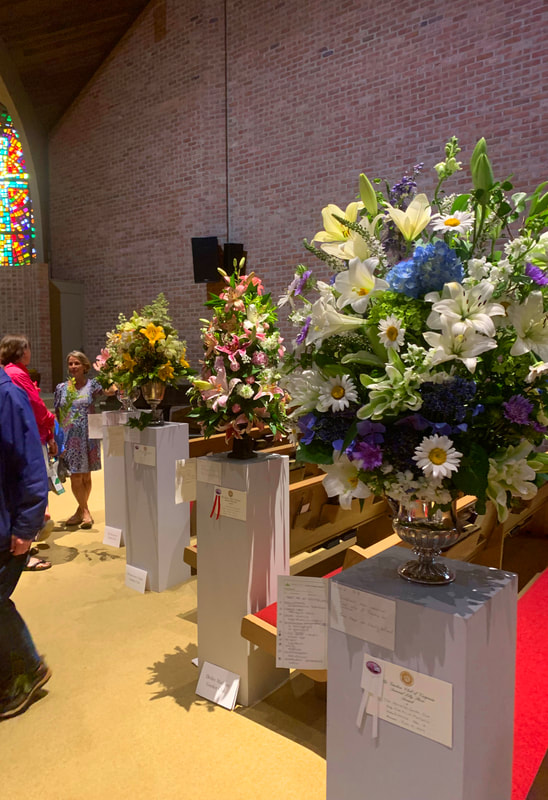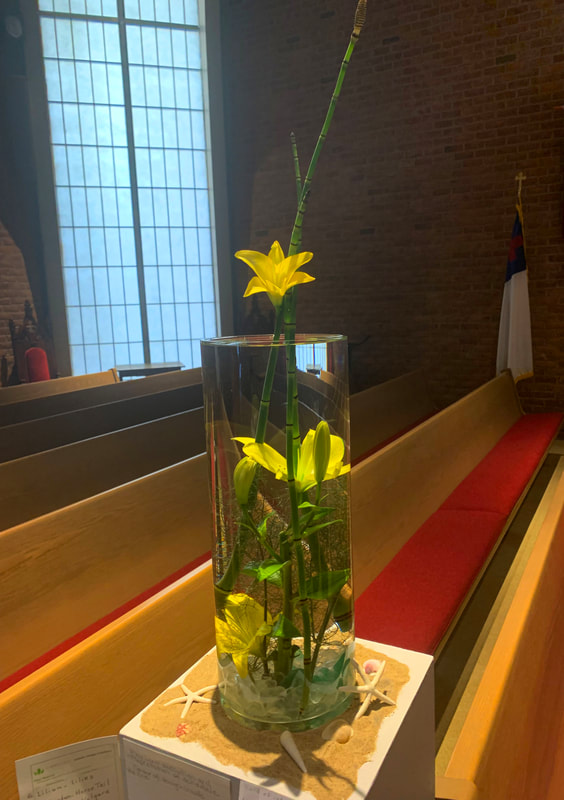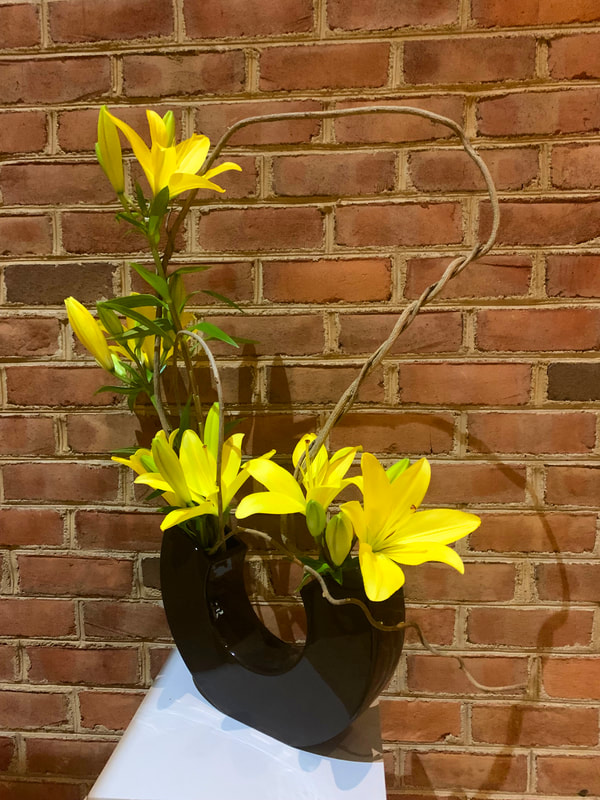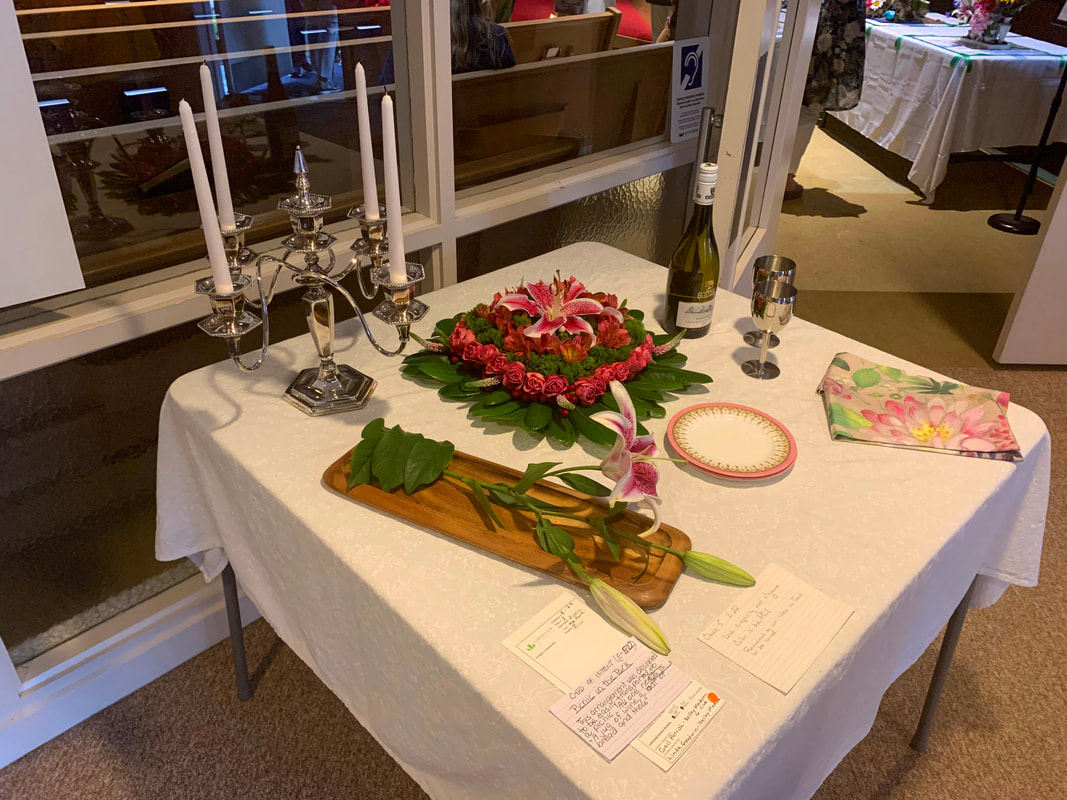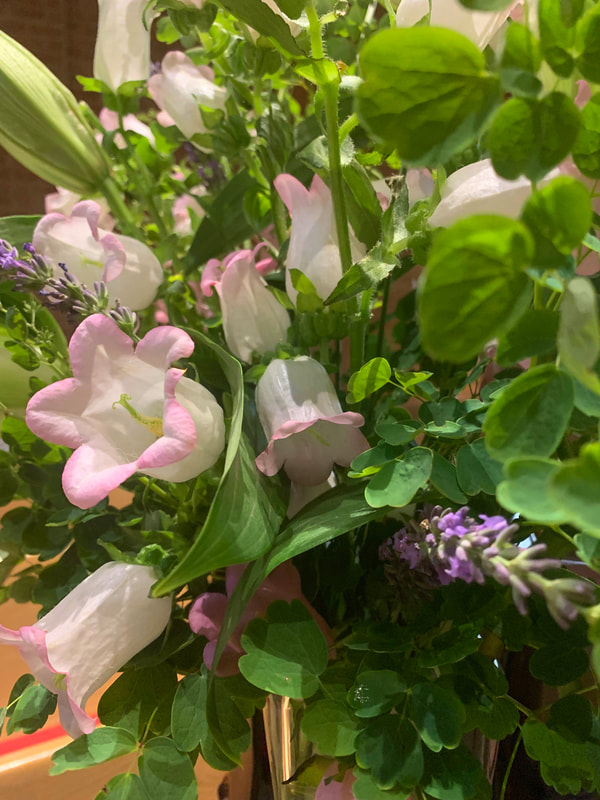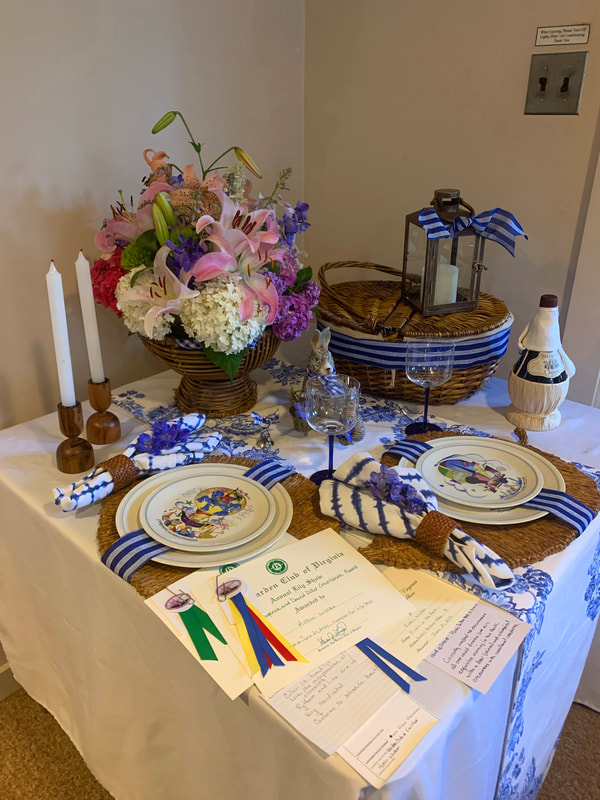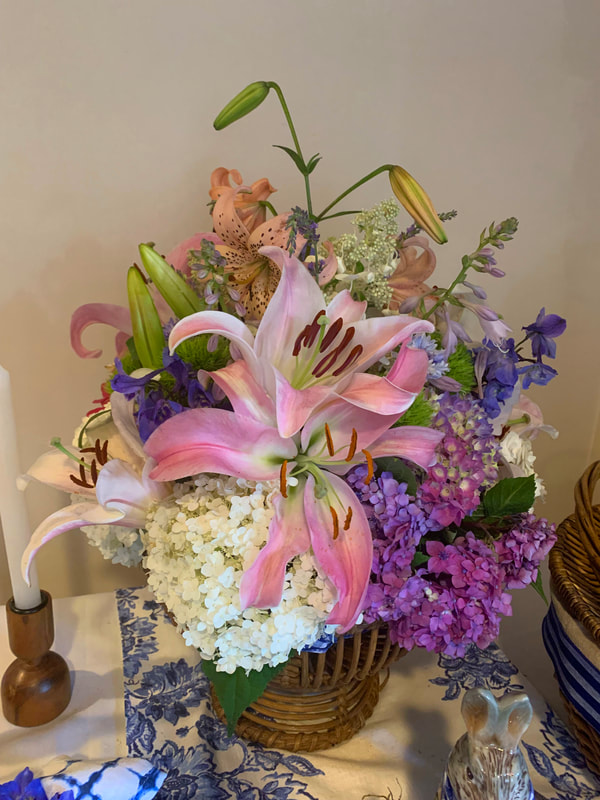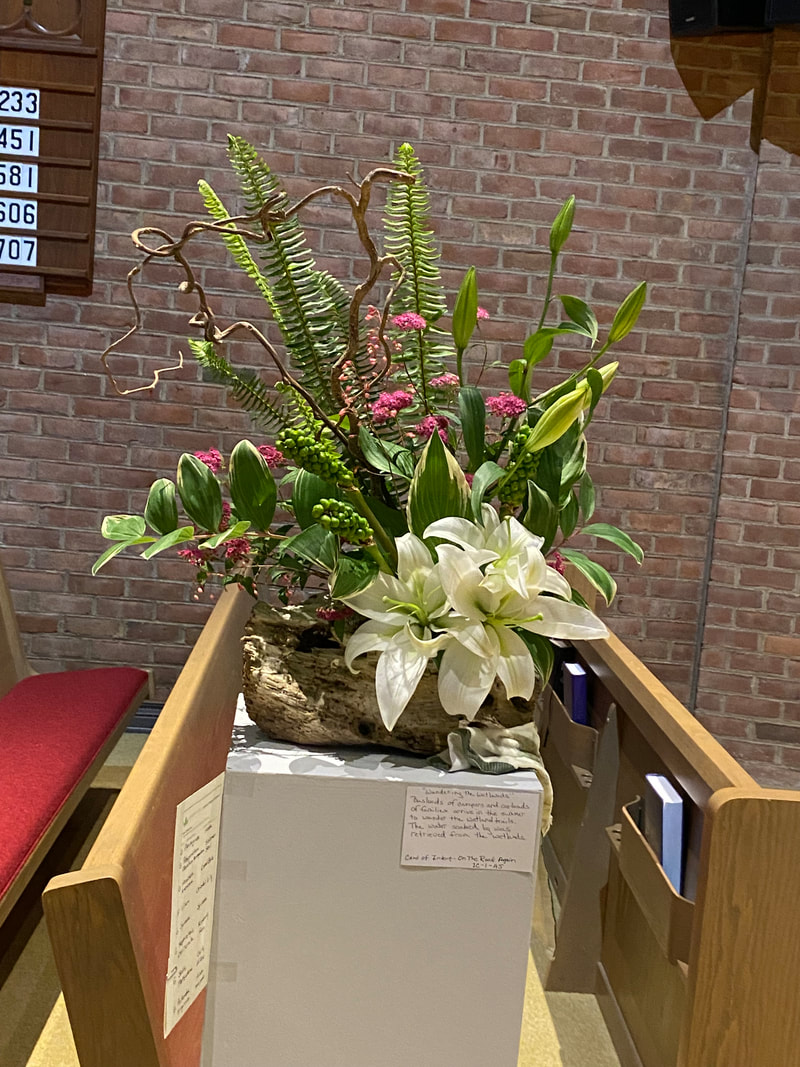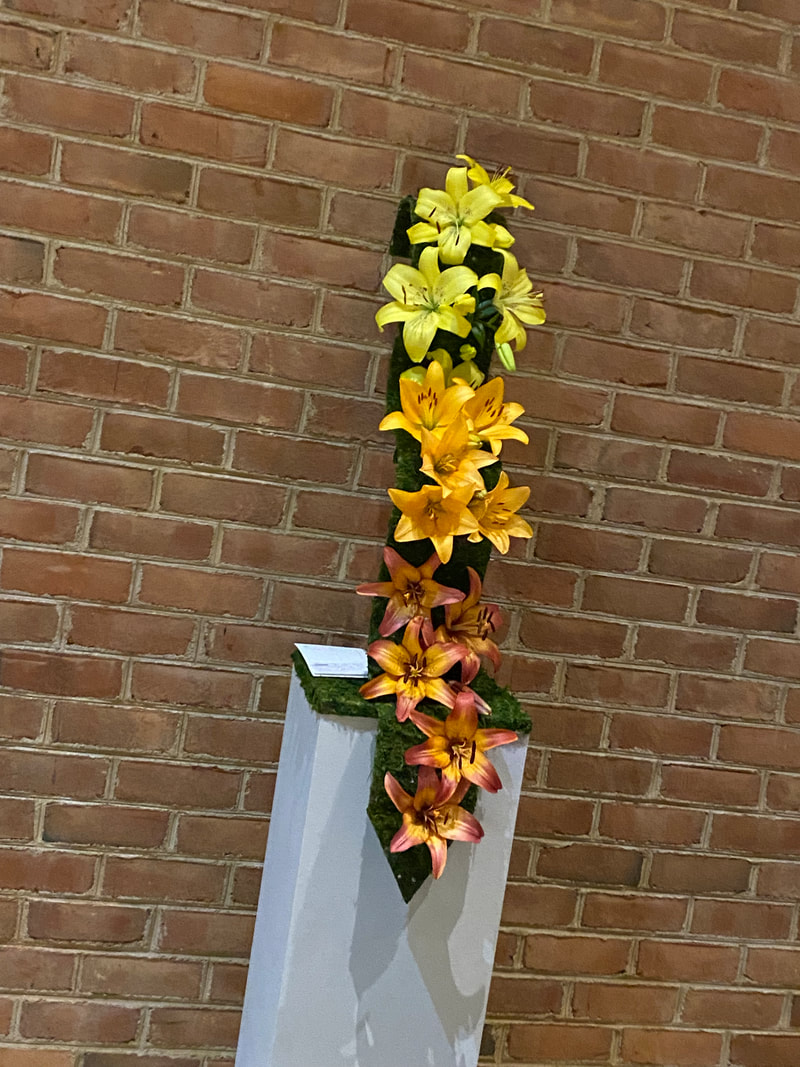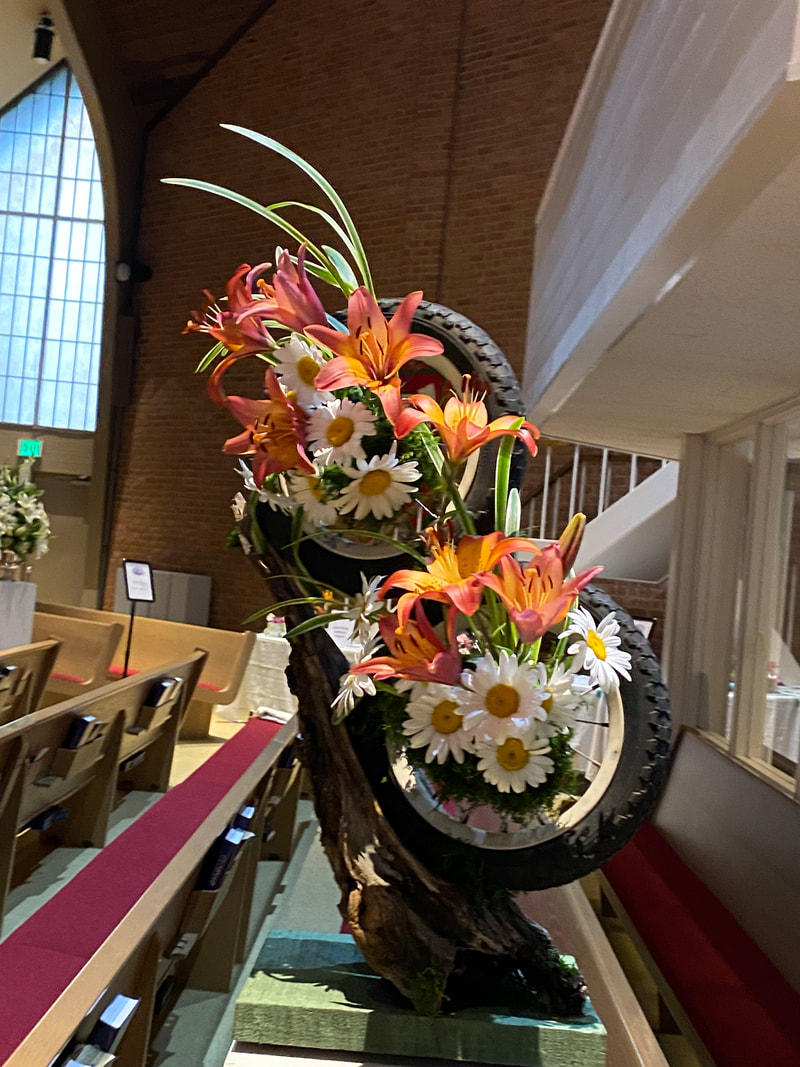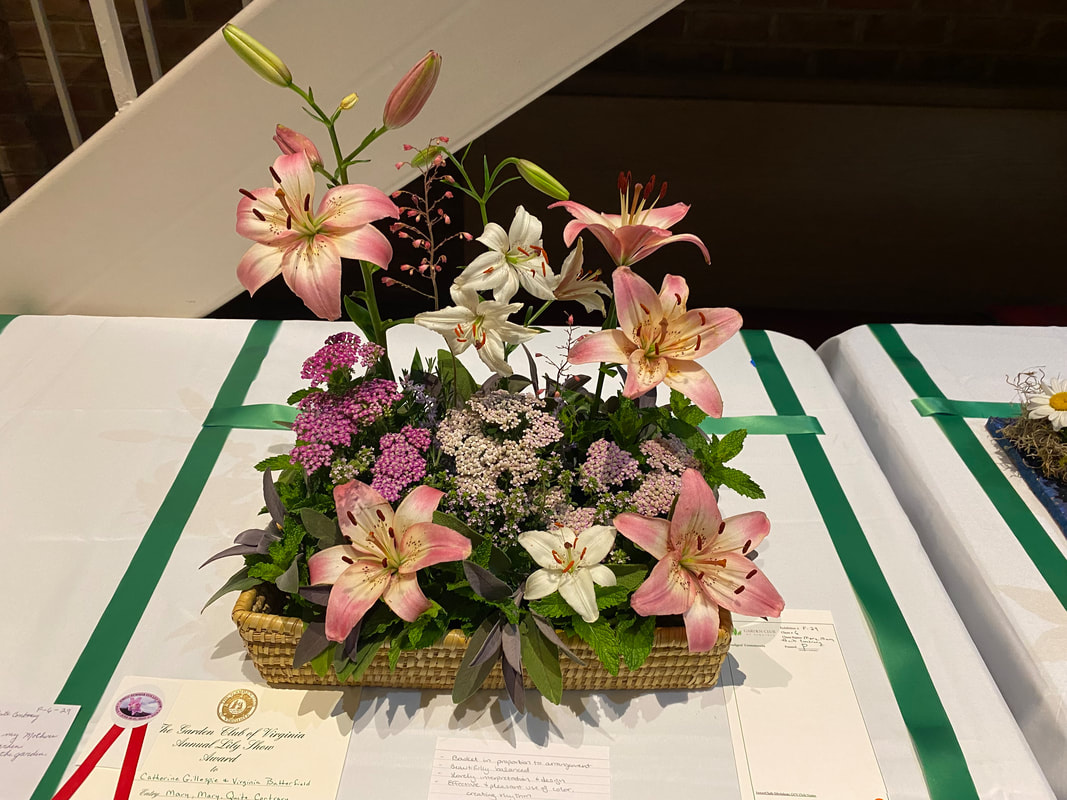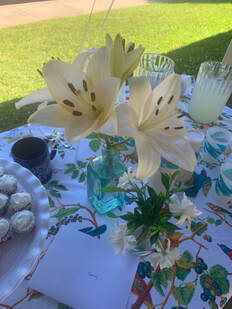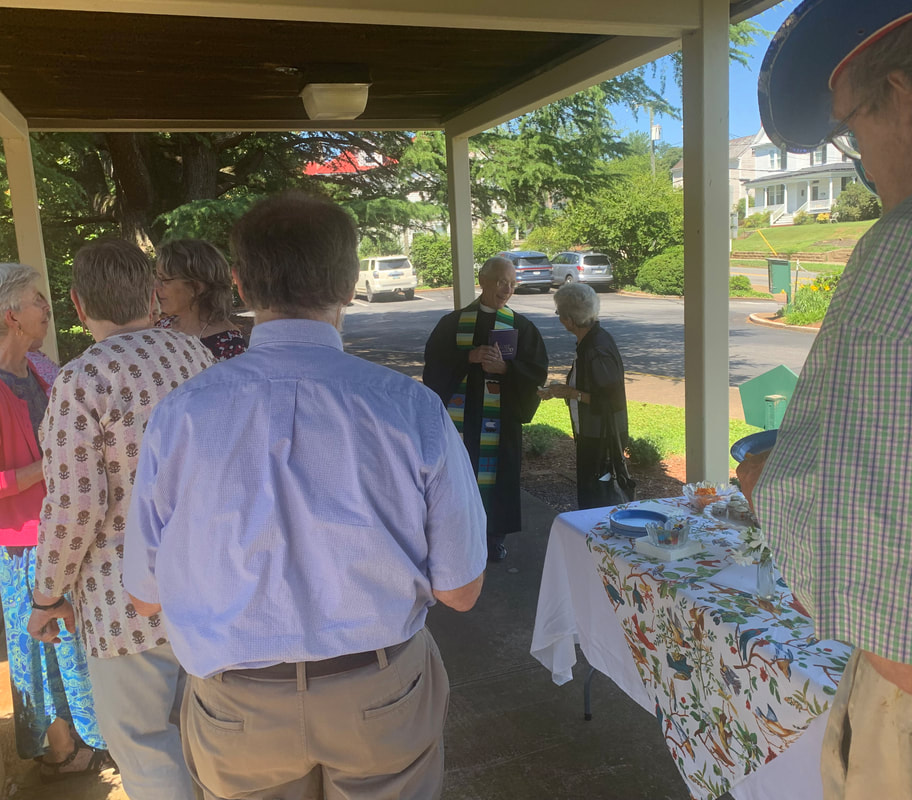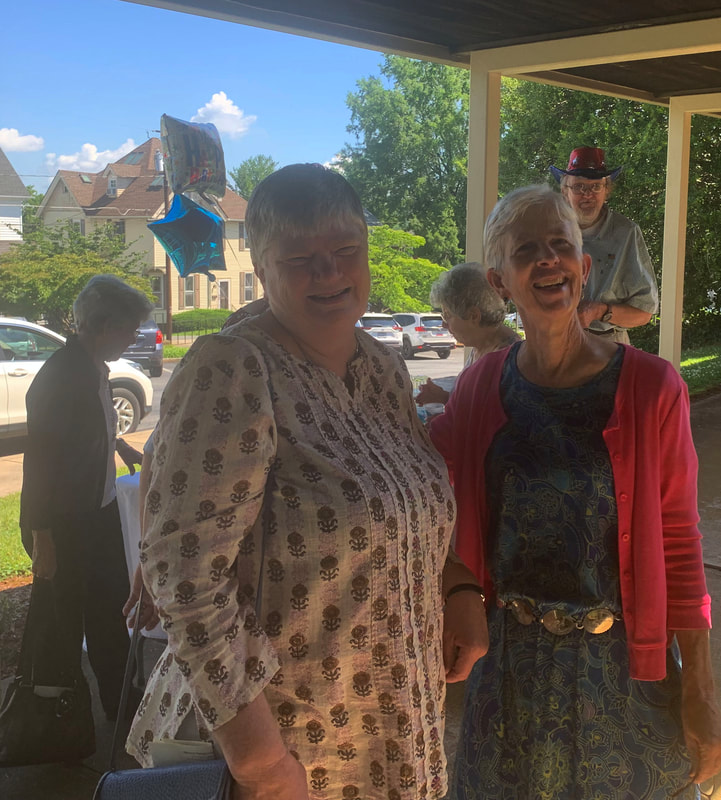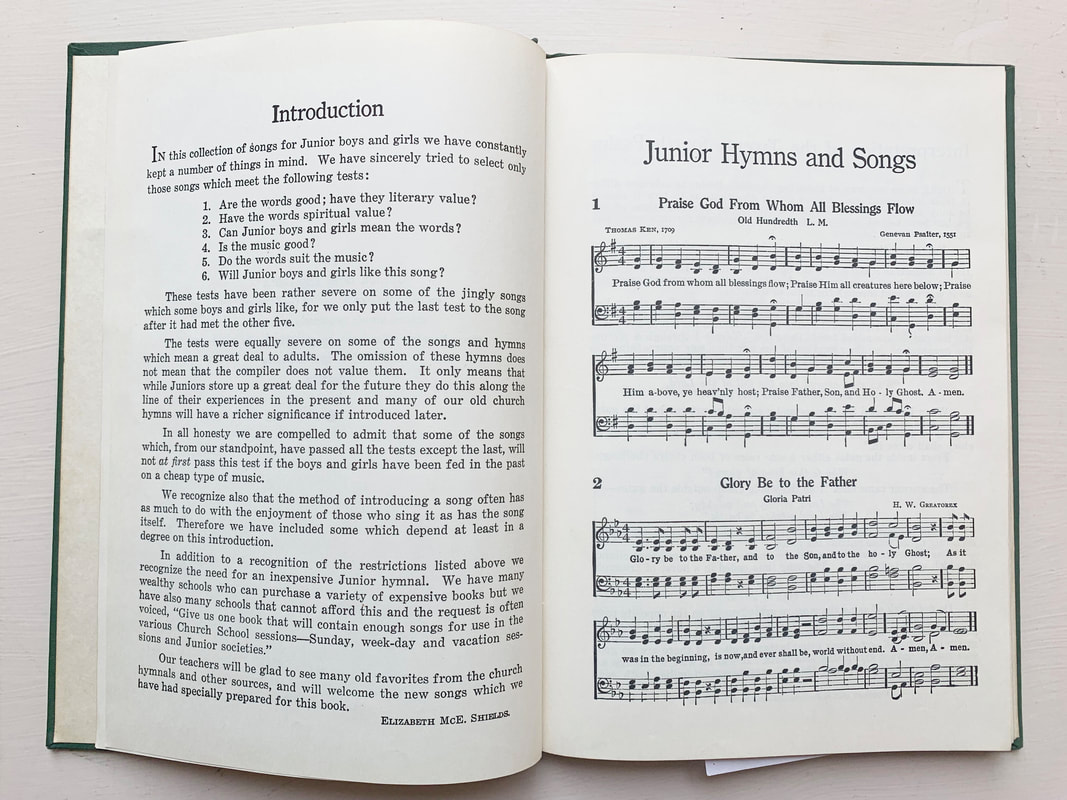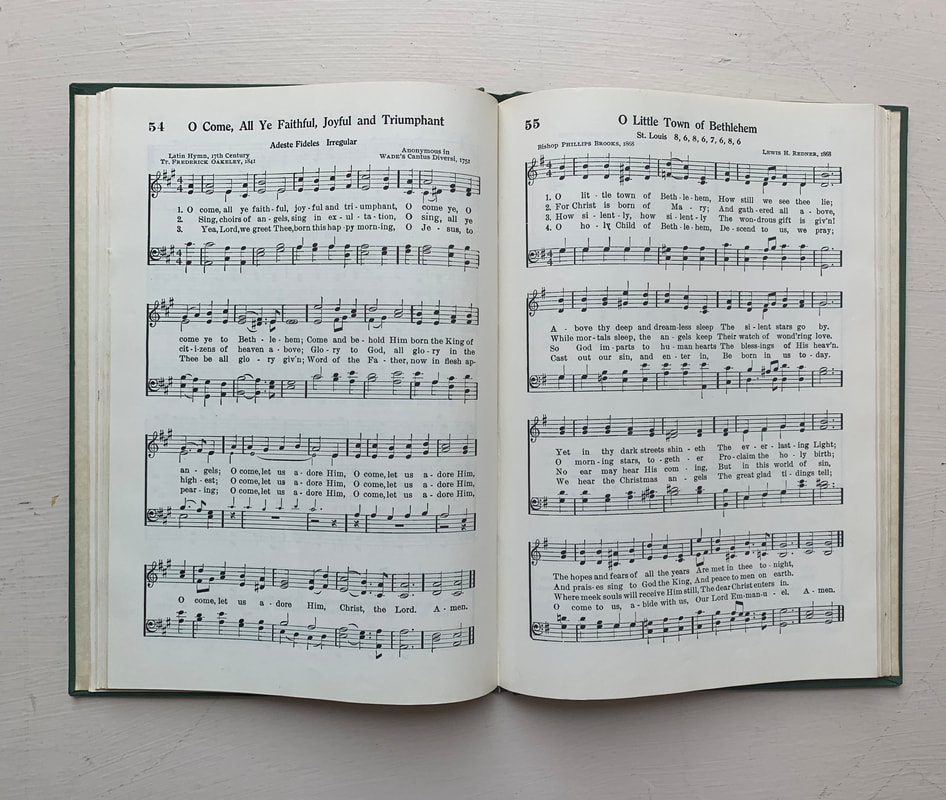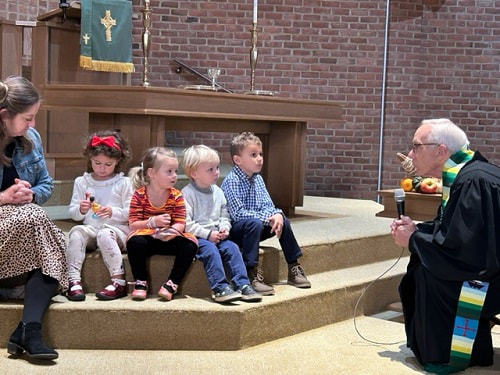 The third Sunday of every month is Preschool Sunday. The faculty of the Orange Presbyterian Weekday School (OPWS) invites the students and parents of OPWS to church. Pastor Denny Burnette regularly visits OPWS and knows the students well. Each Preschool Sunday he has a special message for the children. Below is the message for the November, 19th, 2023 service. Right before Thanksgiving!
0 Comments
 Back in the 1980s, OPC hosted a stewardship dinner. A slideshow was presented after the meal, with a pre-recorded narration. I produced that soundtrack. I interviewed several members of the church and wove their stories together. The resulting narrative is a look at the past, the present, and the future of OPC from the perspective of 1985. Some of the people in this audio have passed on -- but several are still here, And they're still working to make that vision a reality. If you haven't yet turned in your stewardship card with your tithe, give this a listen. If you haven't yet committed to supporting OPC financially in 2024, give this a listen. In 1985 the members of this congregation accepted the torch passed from previous generations and handed it forward. Listen to their stories. They're holding out the torch to you. Narrator: Ralph Graves Eva Graves 0:01 Mamie Breeden 0:37 Fred Sherman 1:01 Hazel Saunders 2:08 Fred Sherman 2:54 Bob Ward, first called pastor at Good Shepherd Lutheran Church 3:24 Lynne Clements 5:20 Denise Samuels 6:01 Lois Shanks, organist and choir director 6:37 Lois Lord 7:34 Bugs Gardner 9:30 Lynne Clements 10:43 Vibeke Ober 11:32 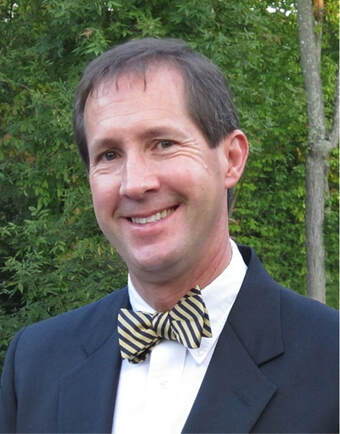 of May, Rev. Bill Nickels accepted a call from Orange Presbyterian Church in 1985. He would remain for the next 20 years, guiding the congregation through dark days and fair. In the process of cleaning out the Education Wing, a cassette tape was discovered. According to the notation on the box, it's a recording of Bill Nickel's final worship service at OPC. The other side of the tape also has a service lead by Rev. Peters, presumably from the week before. As it turns out, these aren't Rev. Nickels' final services. They were recorded near the end of his tenure when he was granted sabbatical leave for study and reflection. Bill Nickel's Next-to-last Worship Service Before Sabbatical Bill Nickel's Final Worship Service Before Sabbatical
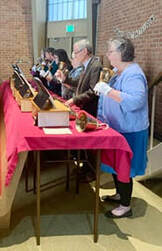 There's lots of special music in store for Sunday Worship at OPC. Here's the lineup: Reformation Sunday Sunday, Oct 29: OPC Handbell Choir All Saints Sunday Sunday, Nov 5: Charlottesville Flute Ensemble Preschool Sunday Sunday, Nov 19: Greg Harris, piano 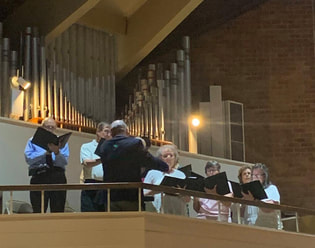 First Sunday of Advent Sunday, Dec 3: OPC Handbell Choir Second Sunday of Advent Sunday, Dec 10: Woodwind Trio (English Horn, Soprano Recorder, Piano) Saturday, Dec 16: Orange Community Chorus Christmas Concert, 7:30pm Third Sunday of Advent Sunday, Dec 17: SATB Choir Christmas Eve Sunday, Dec 24: Soprano Soloist 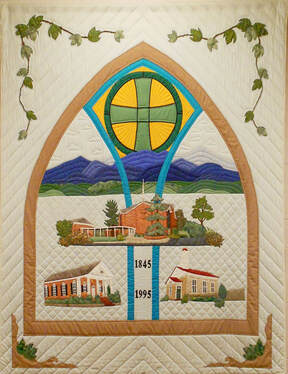 During recent renovations, some cassette tapes were unearthed. Long forgotten, these tapes held memories of the church's history. The 150th Anniversary Event One cassette tape was simply marked "November 16th, Year ? -- Many members speaking." It appears to be a recording of an assembly to launch the History Committee. This committee was tasked with collecting and writing OPC's history for the then up coming 150th Anniversary. OPC's 150th Anniversary was in 1995. So this kick-off event was probably held on November 16th, 1994. The congregation was invited to share stories of the church. And it appears that some of the older members were specifically asked to speak at the event. The sound quality is uneven, despite a digital remastering. But the audio is clear enough to understand what's being said. This was recorded on cassette tape, so the audio start and stop abruptly. There could be a second cassette tape that recorded the end of the event. But it hasn't been found (if it exists at all). Side One - Atwell Somerville Atwell Somerville was the church's self-appointed historian. As you can hear, he thoroughly researched the church's history, and knows it well. He's speaking without notes. Atwell relates the origins and history of the church from the 1700s through the end of the Civil War. Side Two - Congregation Memories
Jean Berkman serves as MC for the assembly. Below is a list of the members who spoke and where they appear in the recording. 0:00 Louise Lord shares her story growing up in the church. Her parents joined in 1922, and Louise joined at age 12. Her great, great, grandfather was a Presbyterian missionary from Scotland who baptized Andrew Jackson. 7:32 Jean Berkman reads a letter from Jackie Maddex. She related life in the church during the Second World War. 9:07 Emma Francis Bartley relates her time in the church. Her family moved to Orange and joined OPC in 1921. She tells the story of the cattle sales at the Virginia Tech Reserch Center. The Women of the Church sold food and refreshments at the sales, held five times a year. The money helped pay off the church's mortgage. 12:51 Dan Sale talks about how the church expanded from the corner, replacing three homes over several decades. 14:48 Jean Berkman reads excerpts from a letter written by Jack Maddox. He relates how the church was run in the late 1940s and early 1950s. 17:15 Russell Bailey talks about his experience at OPC. He joined the church in 1945. He talks about Rev. Dick Taylor. Bailey was an architect, and so was Rev. Taylor before turning to ministry. 20:31 Betty Bailey tells the story of how the church embraced their special needs child, and helped her become a member in the 1950s. 22:33 Richard Sanford reads excerpts from his mother's recollection of the church. The tape runs out before he can get to the substance of the letter. 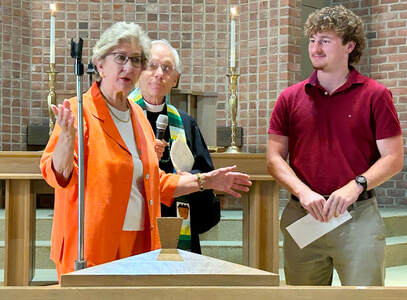 Sunday, July 31, Ryder Rose was officially awarded the Hebrance Scholarship for 2023. The Hebrance Fund was established to support education within and without the OPC family. Ryder is the son of Melanie Rose. Melanie, though not a member, was the church office administrator for a number of years. She still continues to serve the church, keeping financial records and printing the Sunday bulletin. 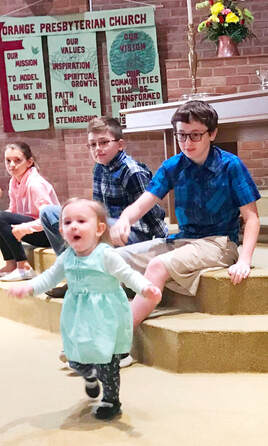 Ryder and his sister Sierra listening to a Children's Message during worship in 2018. Ryder and his sister Sierra listening to a Children's Message during worship in 2018. Melanie regularly attended services at OPC, and our congregation watched Ryder and his sister Sierra grow up over the years. Ryder's application letter greatly impressed the Session. And OPC is proud to help this young man's continuing education with this scholarship. Well done! - Ralph Graves Communications Team Leader  Wednesday, June 21, 2023 the Dolley Madison Garden Club hosted a state-wide lily show. And they did it in the sanctuary of Orange Presbyterian Church. Although it poured rain most of the afternoon, a steady stream of visitors poured in and out of the building. A cloudburst or two couldn't keep these floral enthusiasts away! The displays were stunningly beautiful. And the sanctuary was filled with the most wonderful fragrance. It will be a few years before the Dolley Madison Garden Club will need to host the show again. But when they do, we hope they come back! 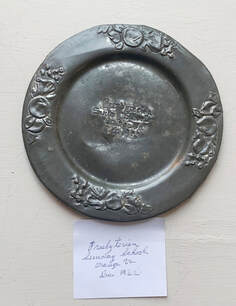 In the church narthex is a small tin communion plate. It sits next to the 1938 youth group song book. Both were recently rediscovered, tucked away among the church's archives. The book was easy to research. But this communion plate remains something of a mystery. It was a mass-produced item. The floral designs were stamped into the metal, and the lip was machine-rolled. 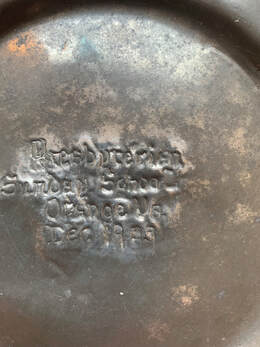 In the middle is an inscription, which could possibly have been hand-stamped. Presbyterian Sunday School Orange, Va. Dec. 1922 It's seen some hard use. The rim is dented, and the patina suggests frequent handling. This little communion plate is a part of OPC's history. Albeit it's one with more questions than answers. 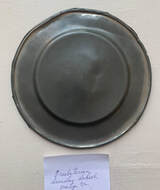 Was this a presentation piece to (or from) the Sunday School? Was the plate used for communion at Youth Group gatherings or just for Sunday School events? Was it ever used in regular Sunday worship? We can only speculate. But it's good to have this tactile piece of history available once again. If you have an opportunity, pick up the plate. And imagine all the hands that held it before you. 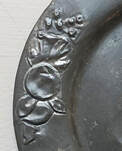 Youth and adults from over a century ago used this humble tin plate to pass the bread. They said the same words and did the same actions we do today in worship for communion. This plate is not just a historic curiosity. It's a reminder of the continuity of this church's faith over the past 175+ years. Ralph Graves, Communications Team 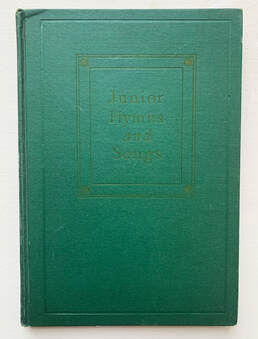 In our narthex is a little piece of history. It’s a copy of “Junior Living and Songs.” OPC's youth groups sang from this 1938 songbook right before the Second World War. The book is well-used, and it’s a cultural artifact. The Presbyterian Committee of Publication The book’s original copyright is 1927 by the Presbyterian Committee of Publication. This organization started in 1862, after the start of the Civil War. The Presbyterian Church of the United States of America (PCUSA) split over the issue of slavery. Southern Presbyterians established a separate denomination. It was the Presbyterian Church in the Confederate States of America (PCCSA). The PCCSA was virtually identical to the PCUSA. But they had to build new support organizations. One such was the Presbyterian Committee of Publication, established in Richmond, Virginia. This was the publishing arm of the PCCSA. After the war, PCCSA renamed itself the Presbyterian Church in the United States (PCUS). It remained separate from the PCUSA. The Committee on Publication printed a variety of materials. Sunday School periodicals, instruction materials, books, hymnals, and songbooks poured out of Richmond. “Junior Living and Songs” was one such publication. 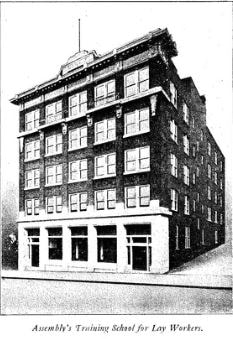 The original ATS building in Richmond, VA, 1914. The original ATS building in Richmond, VA, 1914. The Assembly Training School In 1914, the PCUS established the General Assembly’s Training School for Lay Workers (ATS). The original location was at No. 6-8, North Sixth Street in Richmond. The school trained men and women entering the field of Christian education. It included departments on the English Bible, Christian Doctrine, Missions and Church History, and Christian Sociology. Future youth leaders could study Sunday School Pedagogy and Young People’s Work, Physical Education, and Music. For those wanting to serve in the community, there were departments of Elementary Medicine and Hygiene, and Domestic Science and Arts. ATS became the Presbyterian School for Christian Education in 1959. PCUS reunited with PCUSA in 1983. And in 1997 the school became part of Union Presbyterian Seminary. 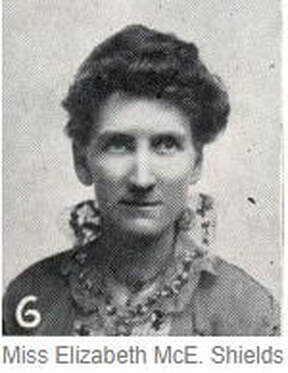 Elizabeth McE. Shields Elizabeth McEwen Shields. edited “Junior Living and Songs." She was the Lecturer on Sunday School Pedagogy at ATL. Shields also served on the Presbyterian Board of Christian Education. She was the Director of Children’s Work. Shields joined the faculty when the school was established. And remained there until her retirement in 1950.Besides her work ATL she was also a hymn-writer. Shields is credited with over 35 hymns for children. Shields had a clear idea of what a collection of songs for youth should be. In the preface, she lists her criteria for selecting the songs: Are the words good: have they literary value? Have the words spiritual value? Can Junior boys and girls mean the words? Is the music good? Do the words suit the music? Will Junior boys and girls like this song? Shields was aware that most of the PCUS churches weren’t in big cities such as Richmond. They were scattered throughout the rural South, with small congregations and limited budgets. In the preface, she wrote that this book responded to small churches’ requests. They had asked to "give us one book that will contain enough songs for use in the various Church School sessions -- Sunday, week-day, and vacation sessions and Junior societies." From PCCSA, through ATS, to PCUS The copy in our narthex looks well-used. I think Professor Shields would be pleased. Next time you come to church, take a moment to leaf through its pages. And hold a piece of history in your hands. - Ralph Graves Communications Team |
Archives
April 2024
Categories
All
|

